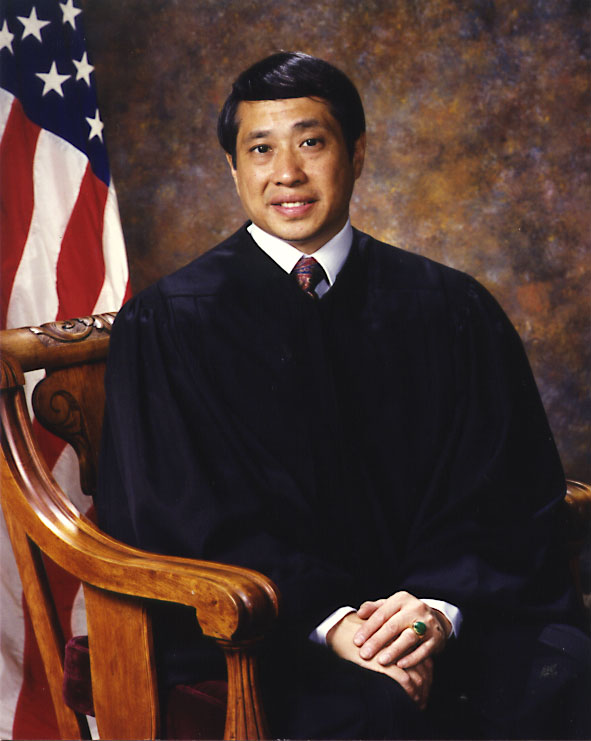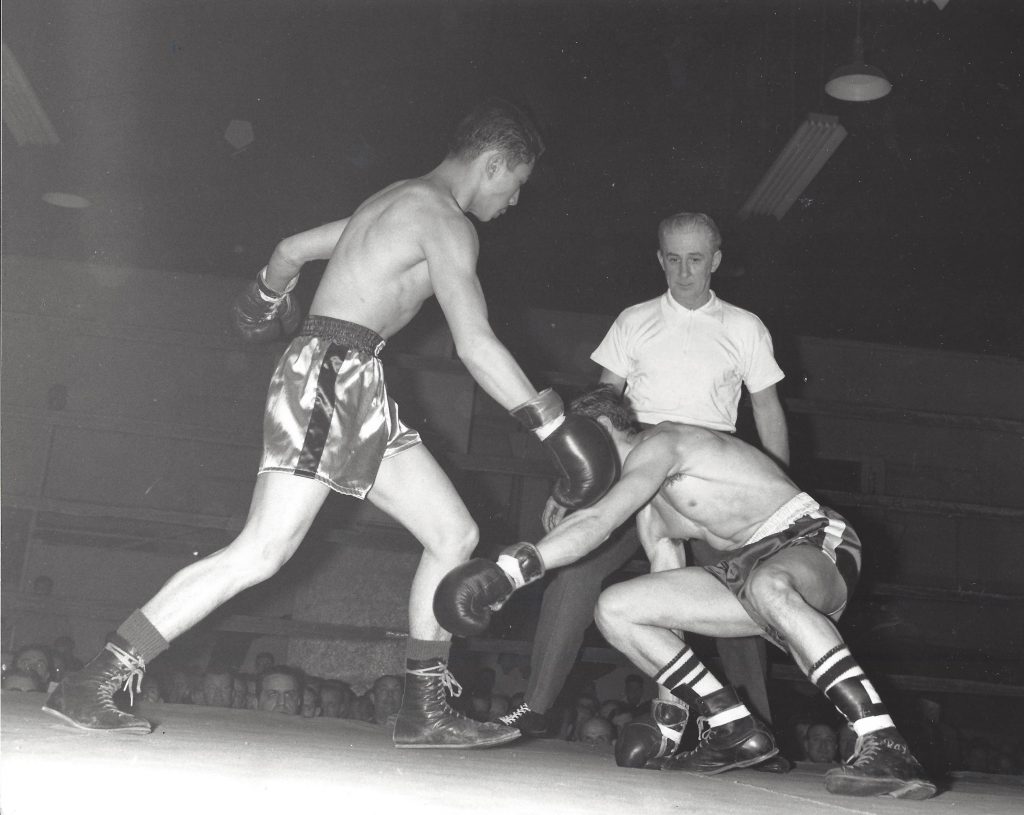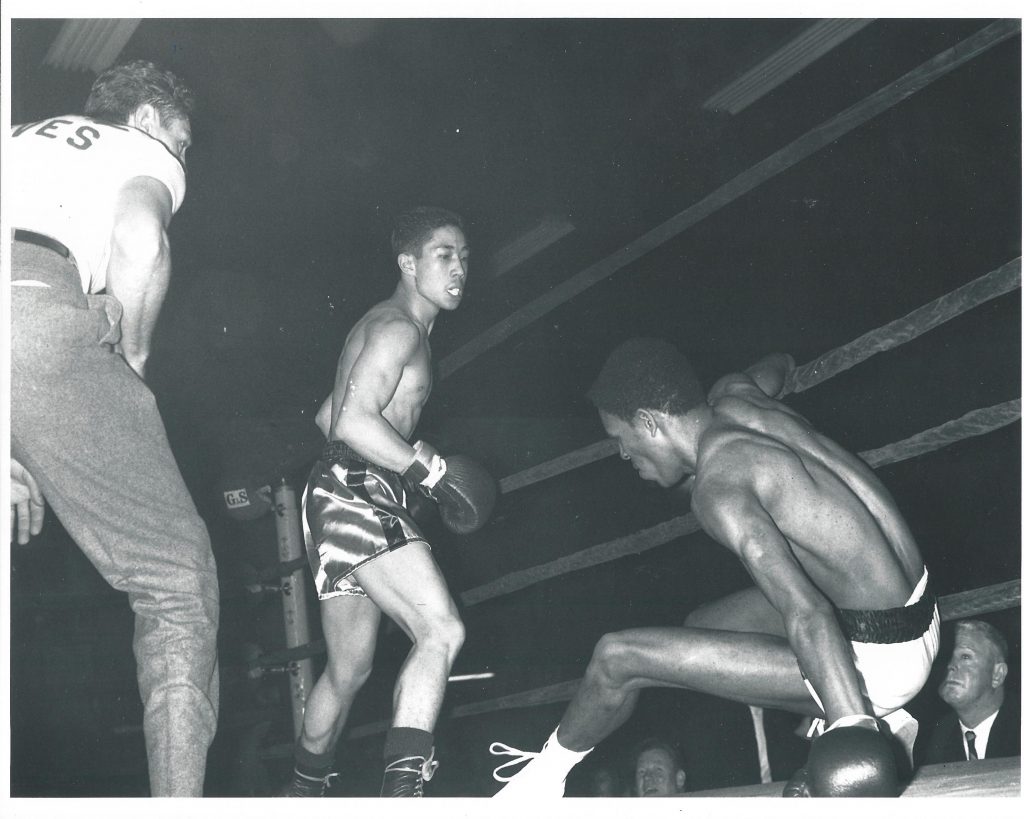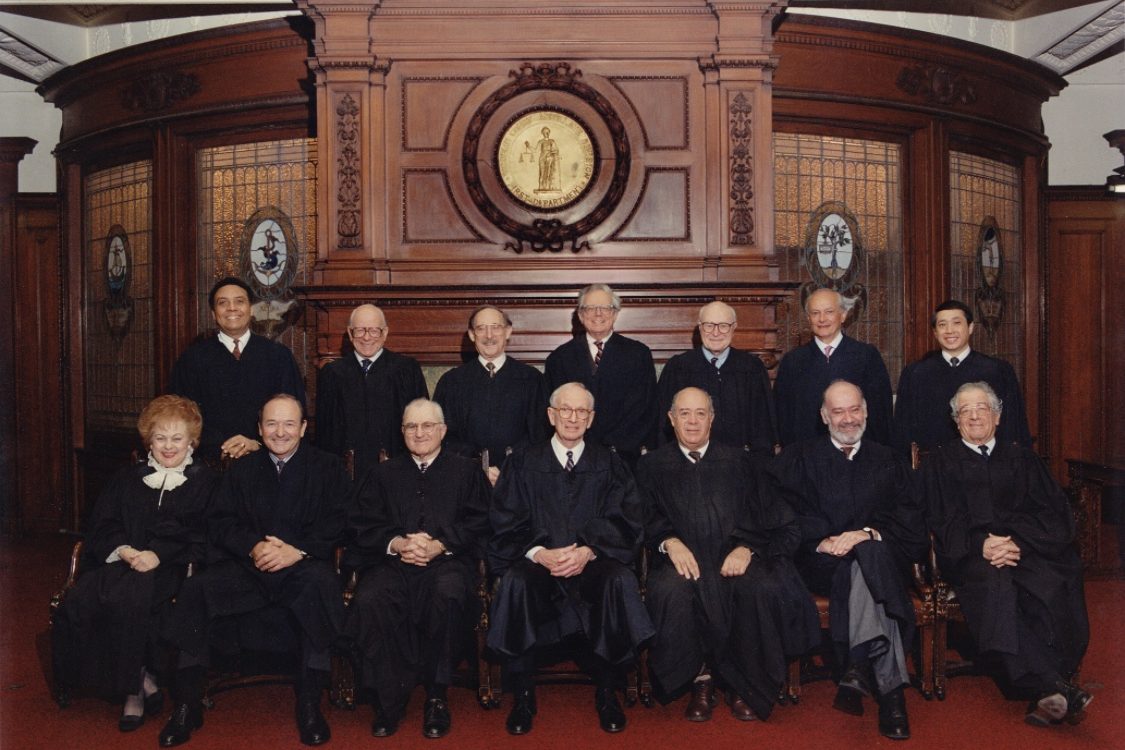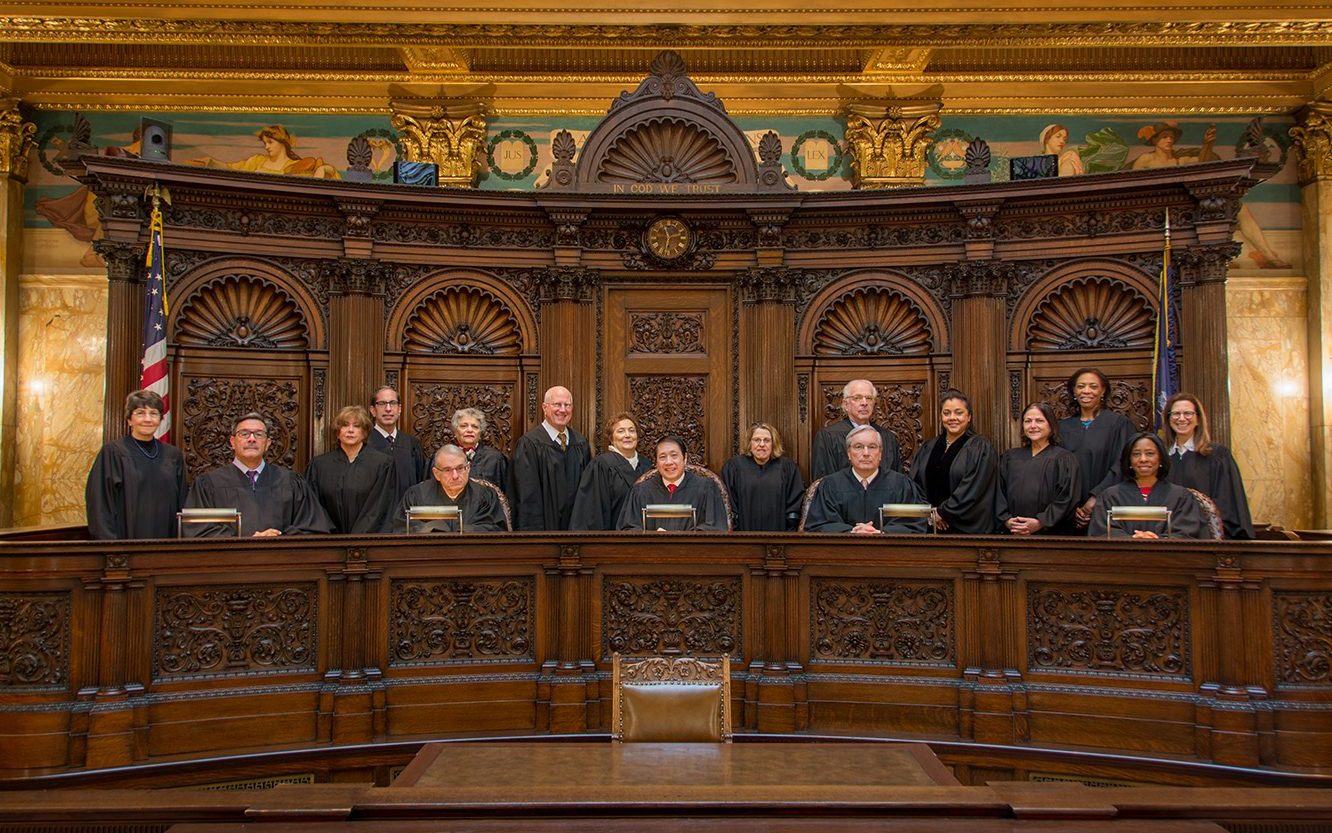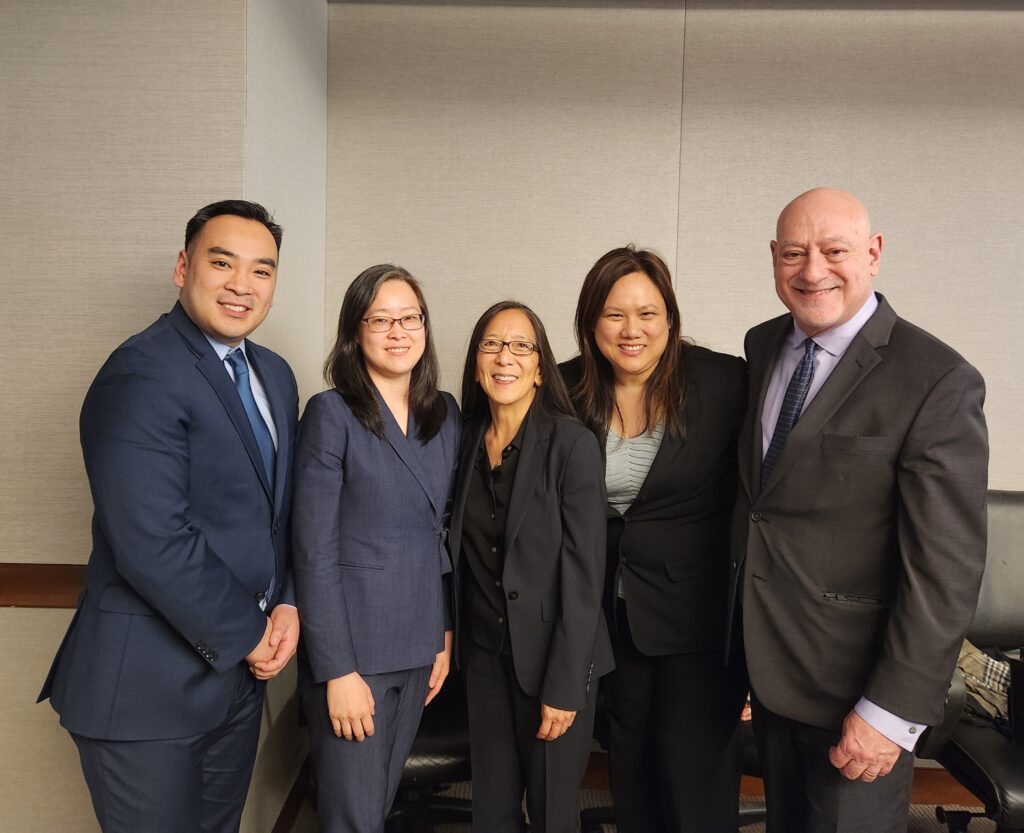
On March 20, 2024, AABANY, with thanks to AAJANY for their co-sponsorship, hosted a CLE entitled “Why Can’t We Just Get Along?” covering how judicial and attorney wellness – as well as civility and professionalism – promote good bench-bar relations, in and out of court.
Thank you to our distinguished panel for sharing their time, experiences, and perspectives:
- Hon. Gerald Lebovits, New York Supreme Court, 1st Judicial District
- Hon. Pamela Chen, United States District Court for the Eastern District of New York
- Karen R. King, Partner, Morvillo Abramowitz Grand Iason & Anello PC
- William H. Ng, Shareholder, Littler Mendelson P.C. (Immediate Past President of AABANY, FY24)
Recognizing the stress and responsibilities of judges, as well as litigators, the panel discussed why some judges and attorneys are difficult and what can be done about it. The panel explored judicial and attorney preferences and pet peeves and offered strategies for judges and attorneys to enhance their litigation experience, personal well-being, and professional happiness. This program was organized in line with the theme for this fiscal year, “Embracing Wellness and Well-Being: Strengthening the Legal Profession by Investing in Ourselves.”
Thank you to AABANY’s Judiciary and Litigation Committees for co-presenting this event and to Karen King and Morvillo Abramowitz Grand Iason & Anello PC for hosting. Attendees enjoyed lively discussions and networking, together with great food from Joe’s Shanghai. To learn more about the Judiciary Committee go here. To learn more about the Litigation Committee go here.
If you have ideas for programs or speakers on the topic of wellness and well-being, please contact Immediate Past President Karen Kim at karen.kim@aabany.org. AABANY’s Wellness Resources Guide provides a variety of information, including links to free assistance programs, trainings and hotlines, which can be accessed here.




